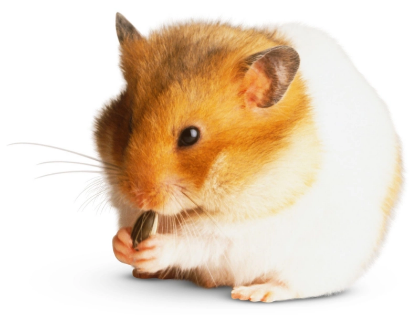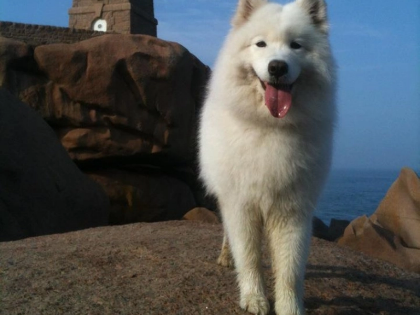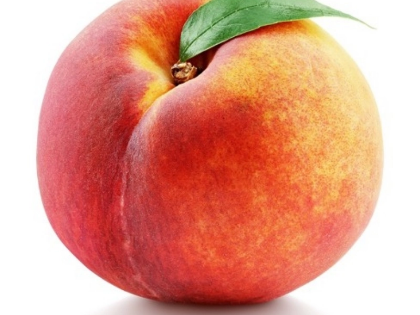Nobody would ever skip class again if biology teachers told their pupils about these animals and their bizarre habits. Even scientists would be shocked by the incredible information we learned about the animal kingdom. You will see these animals' true diversity and amazingness after reading about them.
8. In order to drive rodents out of their burrows, sparrowhawks light grass on fire.

Advertisement
It may surprise you to learn that certain birds are in charge of starting wildfires. Zoologists have seen sparrowhawks and other predatory birds in Australia tossing burning sticks over parched grass with their talons. By doing this, grass fires are started, which force their prey to emerge from hiding.
7. A frog that goes into total freeze

The Alaskan Wood Frog spends six to seven months of the year in complete freezing. The frog's heart and lungs stop beating, and its blood stops flowing when the frost arrives and coats its body in ice. The frog possesses a process known as cryoprotection, which lowers the freezing point of its blood and other bodily fluids to aid in its survival in extremely cold temperatures. When spring arrives, the frog awakens once more and carries on with its growth.
6. A fish that builds a nest that is precisely geometric

The white-spotted puffer is responsible for creating these enigmatic geometric patterns on the bottom of the Pacific Ocean. The purpose of these exquisite designs is to gather fine sand particles from water streams, assisting the white-spotted puffer in surviving in its maritime habitat.
5. The stripes of zebras are not a means of concealment.

To their dismay, scientists discovered that zebras employ their black and white stripes as a defense mechanism against horseflies and tsetse flies rather than as a means of camouflage. Insects find the zebras' tiny stripes on their bodies repulsive due to light waves bouncing off their skin.
4. A massive shark that is unable to bite

monks The whale shark is the largest fish, followed by the basking shark. Because they only eat plankton, the whale shark and the basking shark are not as deadly, even though they appear capable of consuming large fish or even humans.
3. Komodo dragons have low strength.

Even though they resemble scary animals and are the biggest reptiles on Earth, the Komodo dragon's bite isn't as strong as that of a house cat. Furthermore, this raptor would most likely injure its own jaw or skull if it attempted to bite someone. However, because it uses its deadly saliva to hunt, this enormous sissy of a dragon is still hazardous.
2. The fish that rules the herrings is extraordinarily lengthy.

dears, This marine creature was captured in the vicinity of Santa Catalina Island a few years ago. At a massive 5.5 meters (18 feet), this amazing fish is known as the ribbonfish or the King of the herrings. It's important to note that the enormous fish holds the record for the longest living bony fish in the Guinness Book of World Records. The largest fish measured a record 11 meters (36 feet) in length.
1.The fingerprints of a koala and a human are nearly identical.

Left fingerprint of a koala, right fingerprint of a human It was discovered by Australian experts that koalas and humans have the same fingerprints. Even fingerprint experts find it difficult to distinguish between the prints—they resemble two peas under a microscope!

















